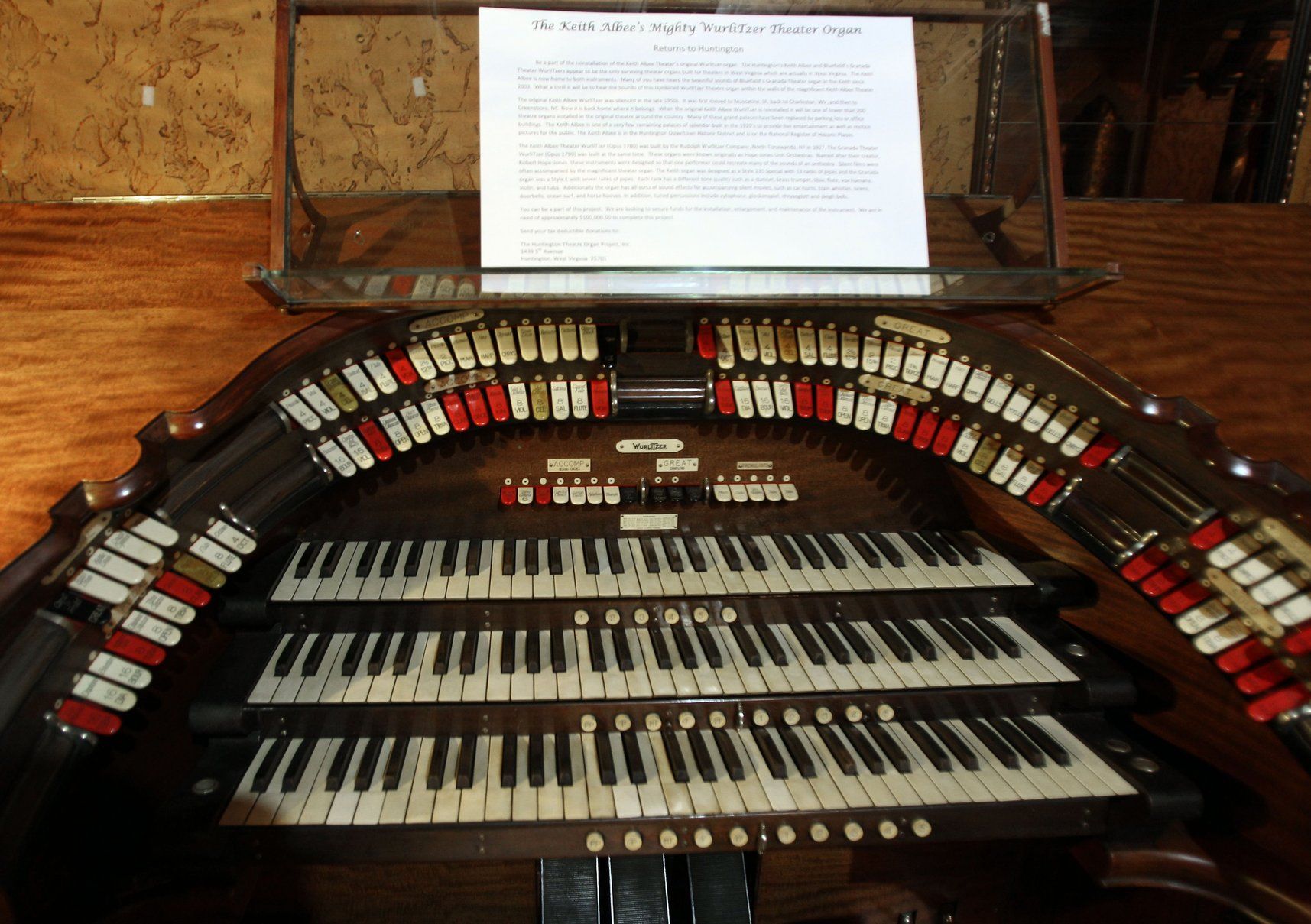

It was his reorganization that helped the company through the Depression years. Rolfing was hired as vice-president and general manager. Each son acted as president and, then chairman of the board, successively. Leadership of the company, after Rudolph’s death in 1914, was assumed by his three sons.

In 1977, the Wurlitzer Company’s corporate headquarters moved to DeKalb, including the engineering and research center from North Tonawanda. In 1973, the DeKalb plant ended production of pianos maintaining only marketing and administrative offices. The North Tonawanda plant ceased production of juke boxes in 1974, becoming the company’s engineering and research center. The new facilities replaced those at North Tonawanda and DeKalb. Later, plants were opened in Holly Springs, Mississippi (1961), Logan, Utah (1970) and Hullhorst, West Germany (1960). That same year a new plant at Corinth, Mississippi, was completed. In 1956, the Wurltizer Company celebrated its centennial. In 1946, peacetime production resumed and the Wurlitzer Company introduced two new instruments: the electric organ (1947) and the electric piano (1954). The company’s defense production efforts were recognized in 19 when its North Tonawanda and DeKalb plants received the Army-Navy “E” Award. With the reorganization, many retail stores were sold, piano manufacturing was consolidated in DeKalb and many subsidiaries were dissolved or absorbed completely into the Wurlitzer Company.ĭuring World War II, Wurlitzer halted production of musical instruments. The solutions to these problems came about with a reorganization of the company in 1935. Many of the Wurlitzer retail stores were, at that time, in bad locations and needed repairs. It was not a successful venture and ended in the mid-1930's. For a brief time, radios and refrigerators were made by the Wurlitzer controlled All-American Mohawk Corporation.

With the decline of sales during the 1920's and 1930's, production of automatic musical instruments ceased until the manufacture of the first juke box in 1934. Each name designated a different quality, price range and style. Wurlitzer pianos were then manufactured at the DeKalb facilities under a variety of names: the Apollo Piano Company, the DeKalb Piano Company and the Wurlitzer Grand Piano Company. In 1919, Wurlitzer bought the Melville-Clark Piano Company of DeKalb, Illinois.

#Wurlitzer organ price movie
They became known as Mighty Wurlitzers and provided the musical background in silent movie houses all over the world and were also built for churches and private homes. These were pipe organs equipped with bells, gongs, horns and sirens. In 1910, the Wurlitzer Company bought the Hope-Jones Organ Company and began to manufacture unit-orchestra pipe organs at their North Tonawanda plant. The Rudolph Wurlitzer Manufacturing Company continued production of automatic musical instruments: player pianos, military bands and pianorchestras. In 1908, the Wurlitzer Company bought the DeKleist Musical Instrument Manufacturing Company in North Tonawanda, New York. Although fire destroyed the company’s headquarters in 1904, a new building was completed in time to celebrate Wurltizer’s fiftieth anniversary in 1906. The business was incorporated in Ohio in 1890 under the name “The Rudolph Wurlitzer Company.” For the first fifty years, Wurlitzer was primarily a retail instrument business operating out of its Cincinnati Store headquarters. The Wurlitzer Company began in 1856 when Rudolph Wurlitzer, a Cincinnati bank clerk, sold $700 worth of musical instruments he had bought from family and friends in Germany.


 0 kommentar(er)
0 kommentar(er)
